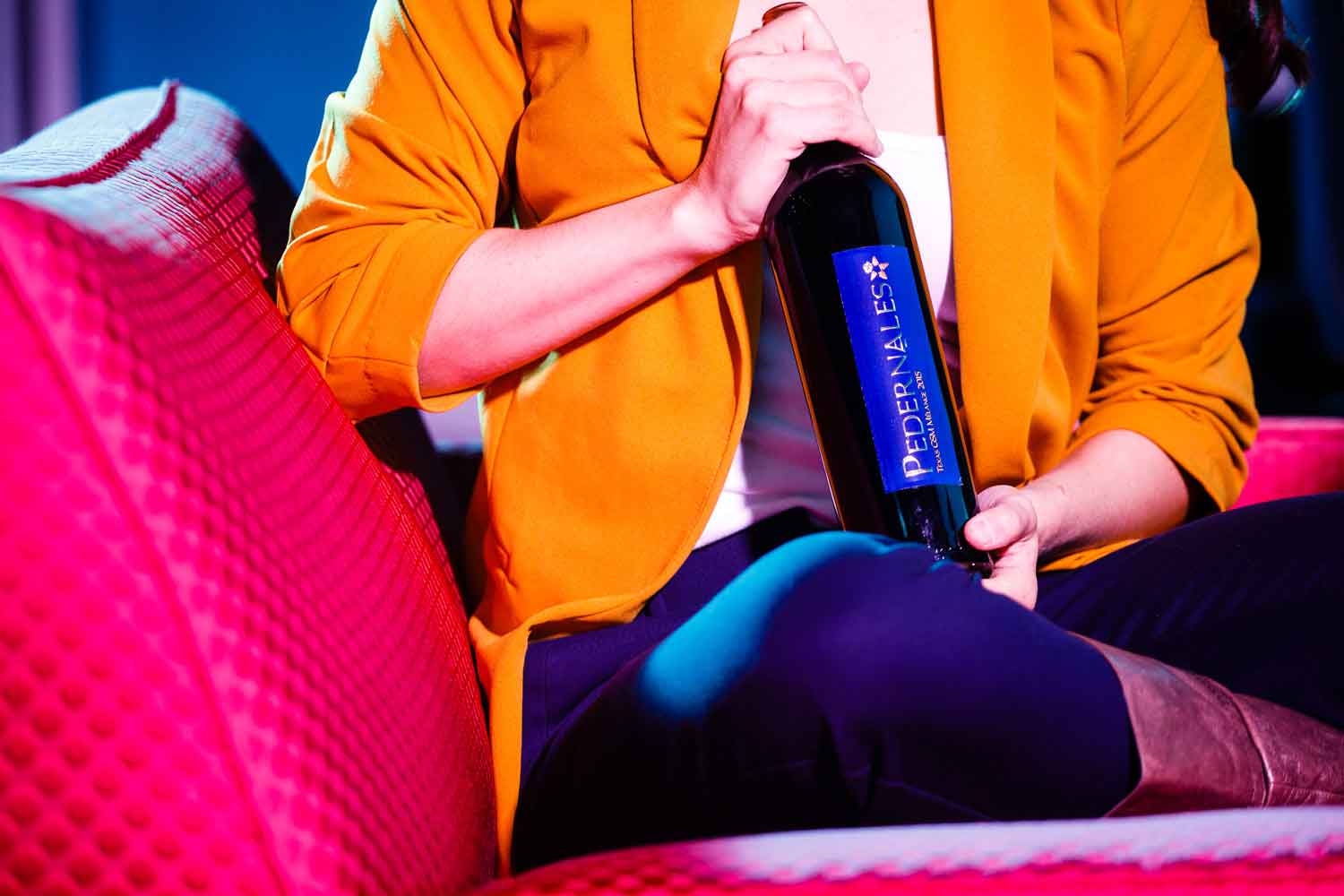The Art and Science of Blending to Achieve Complexity in Wine
In the wine world, complexity is king.
Wines that exude one, two, or even three flavor characteristics are described as “simple," “quaffable," even (more harshly) “uninteresting.” Ouch. These are often mass-produced, bulk wines with little personality and a lower price tag. They don’t inspire contemplation, they don’t make your eyes wide with wonder.
On the other hand, complex wines are bursting with not just intensity, but a myriad of flavors. In a red wine, it is everything from strawberry to tobacco, baking spices to wet slate. Perhaps there are floral notes — red rose and violet — or hints of oak barrel use, like vanilla and toasted coconut. All of these flavors are akin to dozens of individual instruments combining to play a grand symphony on your taste buds, an unforgettable harmony of flavor that’s sure to leave you speechless.
For these reasons, complexity in a wine indicates higher quality. Complexity is why people like you drink wine. It is the “wow” factor. There are a few ways winemakers achieve complexity: diligent grape growing practices, careful fermentation, and blending.
Blending two or more grape varieties to make a finished wine has been a common winery practice for centuries. The most famous examples are Bordeaux wines made from blends of primarily Cabernet Sauvignon, Merlot, and Cabernet Franc and Champagne made from blends of mostly Chardonnay, Pinot Noir, and Pinot Meunier. There are 13 grape varieties blended into Châteauneuf-du-Pape from the Rhône Valley of France. Wines from famous regions like Chianti, Port, and Rioja are blends, too!
At Pedernales Cellars, we consider blending a powerful tool. We select grapes that individually add a different element and harmoniously enhance characteristics of each other in the finished wine. We call that “blending up”, meaning that we make sure that blend is stronger than its individual parts. Getting just the right balance is an absolute art.
Some single varieties are remarkable on their own, while others are even better with a partner. GSM blends, popular in the southern Rhône Valley, are a perfect example. Mimicking this famous style, we created the 2016 GSM Melange, a blend of 5 (yes, 5!) different grape varietals: Grenache, Syrah, Mourvèdre (these first 3 are the GSM component), Carignan, and Tannat. Let’s break this blend down:
- Grenache exudes rich red fruits: strawberry, cherry, and ripe raspberry. It can also add some white pepper and an inherent silkiness in a blend.
- Syrah is often inky dark in color, with high acid and tannin and deep, expressive flavors of blackberry and black pepper.
- Mourvèdre can add a gamey quality, like smoked meats, along with darker fruits like blueberry and dark cherry. Like Syrah, it is also deep in color and tannic.
- Carignan lends vibrant cranberry notes, along with some liquorice.
- Tannat is quite structured and tannic and is contributing to the “backbone” of the wine. Without acid and tannin, wines seem “flabby” and disjointed, which is far from an ideal quality in a premium, handcrafted product.
You can imagine that, when we combine these varieties, the results are incredible. We love the intricacies of a blended wine and the freedom to experiment with certain varieties, whether they are French or Italian. While some wineries "throw together" red blends with leftover varieties, we start by meticulously planning our blends' grape percentages before harvest even begins.
We choose to ferment each variety separately, giving us more control and consistency from year-to-year and allowing us to experiment with ratios during the blending process. Because different grape varieties ripen at various points in the season, fermenting them alone allows us to pick them at optimal ripeness, completely independent of other varieties.
In general, we start finalizing the percentages of our blends a few months before we intend to bottle using both taste trials and chemistry analysis. Always determined to ensure that you receive the best possible wines, we often will spend hours sampling various combinations. Surprisingly, an adjustment as little as a percent or two of one grape can make a huge difference in the final product! Post blending, our wines then typically rest in bottle for six months before sale to ensure that their molecules can fully integrate.
While we prize our 100% Tempranillo and Viognier, we also enjoy the intrigue that blending offers our guests. We invite you to taste through our selection when you visit us next. Just between you and me, we are working on a new project that will return the blend to barrel for further aging. You'll have to stay tuned for more information about that!
